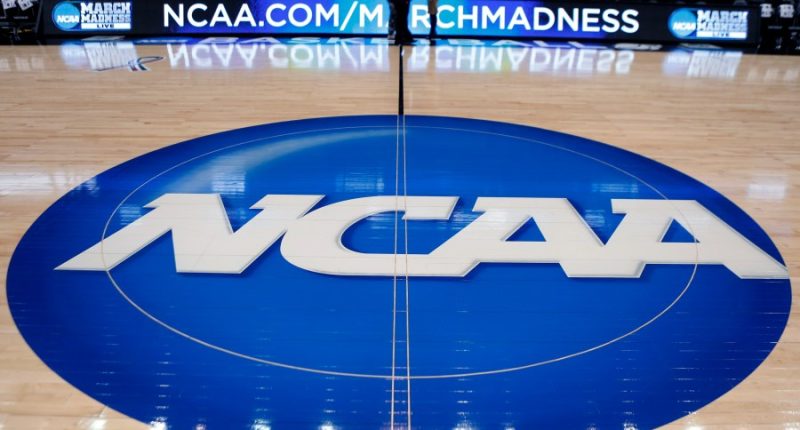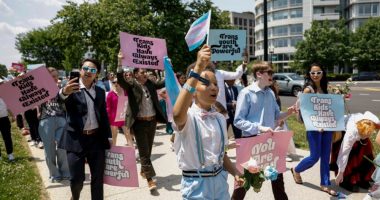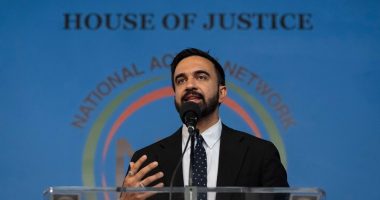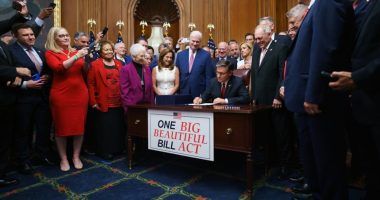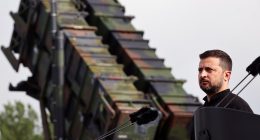Share this @internewscast.com

CHAMPAIGN, Ill. (WCIA) — College athletic departments and universities nationwide are venturing into previously unexplored territory. A University of Illinois professor explained that the approval of the House vs. NCAA settlement is altering the fundamental basis on which college sports were established.
Not only will current players and schools be impacted, but some former athletes also stand to gain from the historic ruling of earlier this month.
This ruling permits universities to pay players directly via revenue sharing. Previously, athletes were unable to receive money for their performance, with Name, Image, and Likeness (NIL) deals being their only option for compensation.
“That allows universities to directly pay athletes in the first year $20.5 million,” said Labor and Employment Professor Michael Leroy.
Leroy said this amount will scale up by about 4% each year to match each school’s rising revenue. Each athletic department can determine how much each sport gets, but Leroy said there’s a baseline most of them will work off of.
“Football players in the damages class are going to get about 75% of the money, and men’s basketball players are going to get about 15% of the money,” Leroy added.
The remaining 10% in that scenario would go to the other sports.
U of I athletic director Josh Whitman said in a press conference last week that Illinois isn’t exactly in line with that breakdown, but they aren’t far off of it either.
“That settlement reflects a gender skew heavily in favor of men, but also reflecting the market realities of the sport,” said Leroy.
WCIA asked Leroy if there are any concerns on whether this violates Title IX — the civil rights law prohibiting discrimination on the basis of sex, including in sports.
“There’s no question that schools are facing Title IX concerns, if not outright liability,” Leroy said.
He said he’s not certain what the solution will be since this is so new.
“The point I’m driving at is we have an untested model where these contracts are one sided in favor of the schools and the conferences,” Leroy added.
While most of the settlement looks forward, one part is looking back. $2.8 billion will be paid out over the next 10 years to athletes from 2016 to 2024 who couldn’t earn NIL money.
Former Illini volleyball player Allison Bastianelli said she applied to get in on the action.
“When the settlement came out, the class action sign-up came out,” Bastianelli said. “We were all signing up for it because obviously it’s kind of like free money.”
Bastianelli said all she had to do was visit a website, put in a student-athlete ID number, and share some basic information.
“Now it’s just kind of a waiting game — waiting to see what it ends up being,” Bastianelli said. “And I also think it’s kind of fair for the NCAA to do this — the retroactive payments.”
Leroy said that on Tuesday, female athletes at Stephen F. Austin filed a Title IX lawsuit after the school cut three women’s sports. He said what could help avoid that is players banding together and collectively bargaining with the schools, conferences and NCAA. He said that would help protect all three from anti-trust lawsuits in the future.
But for now, your favorite college’s athletic department has more than $20 million to give out, and we’ll all get to see in real time how it works.
